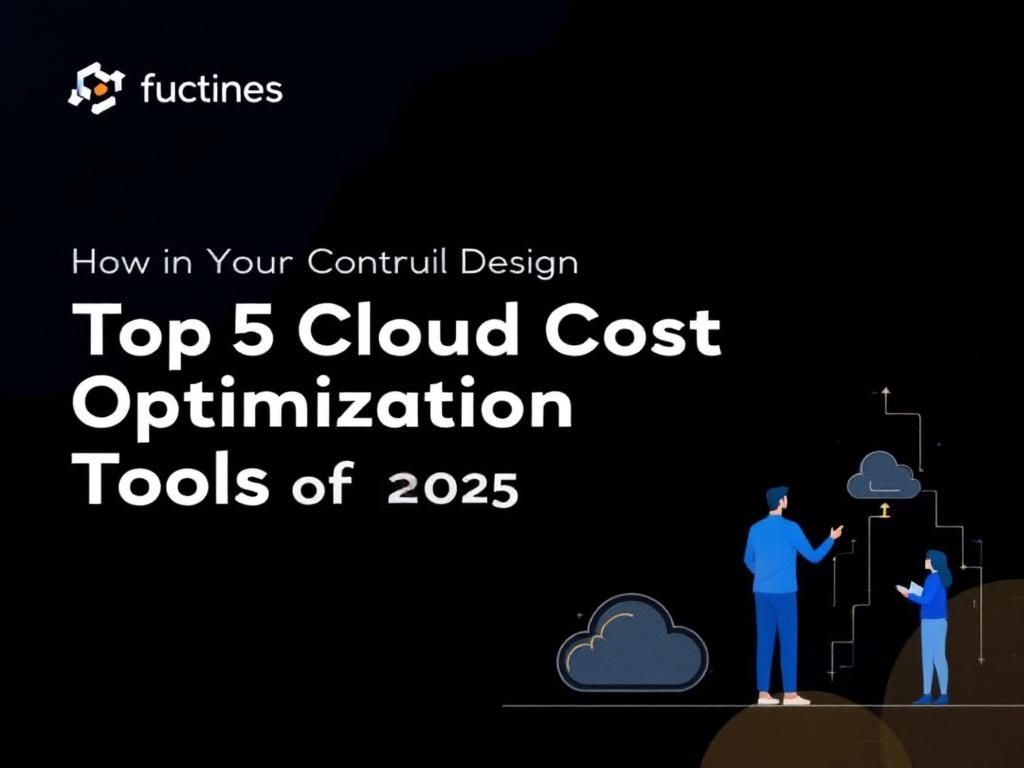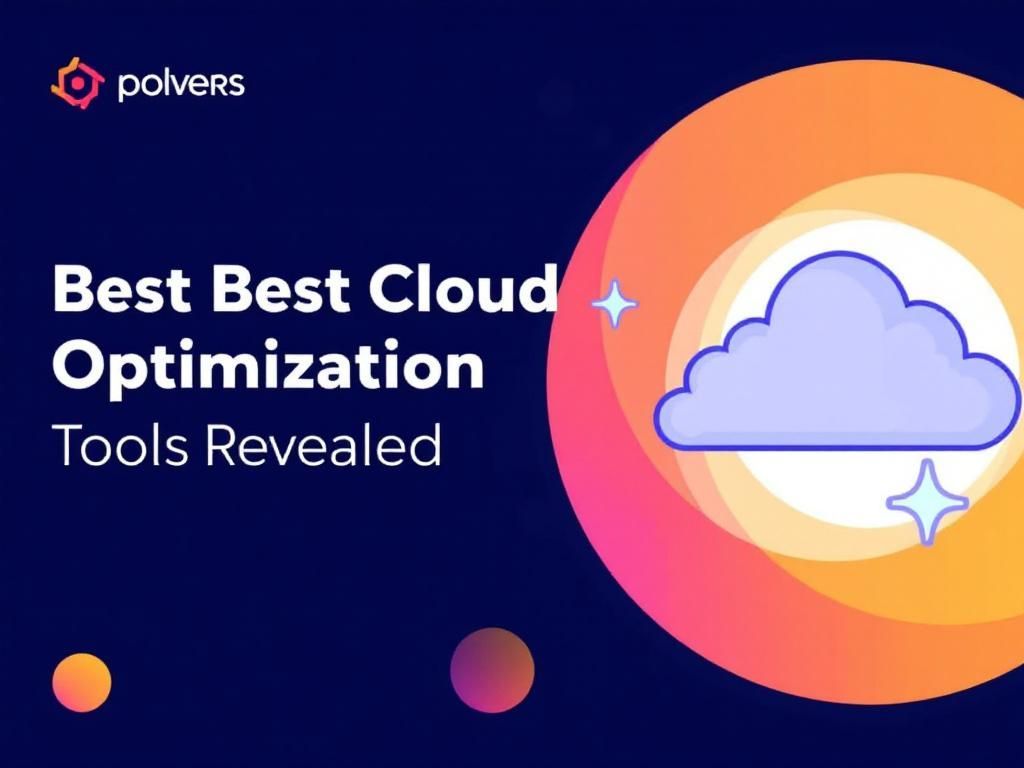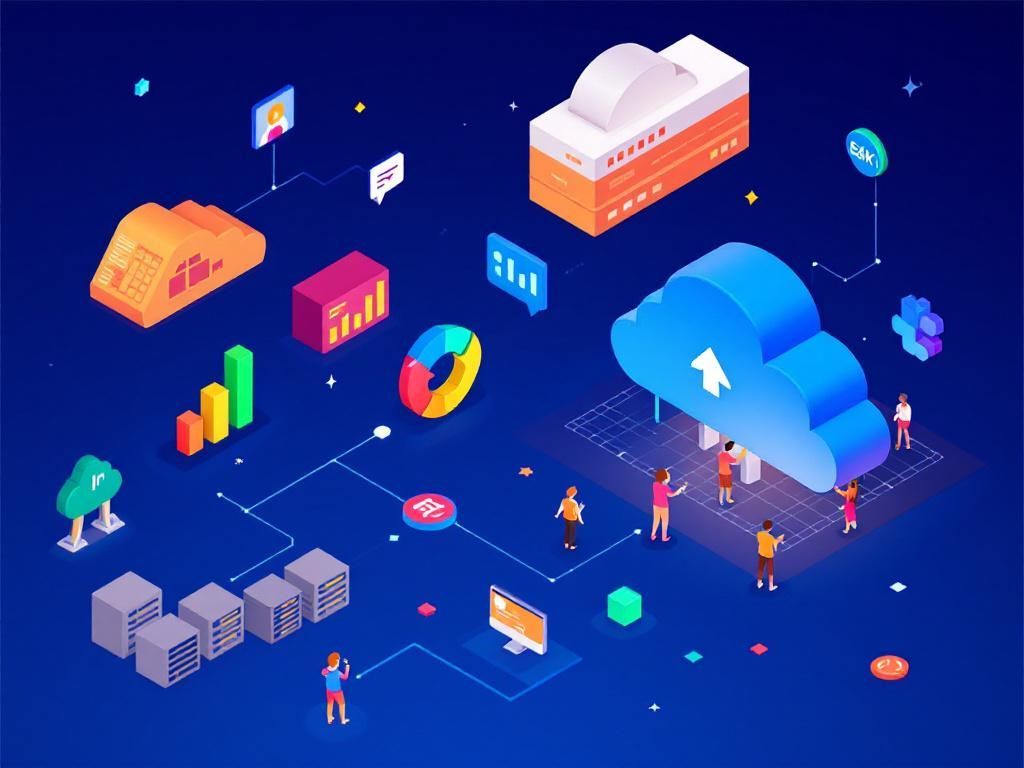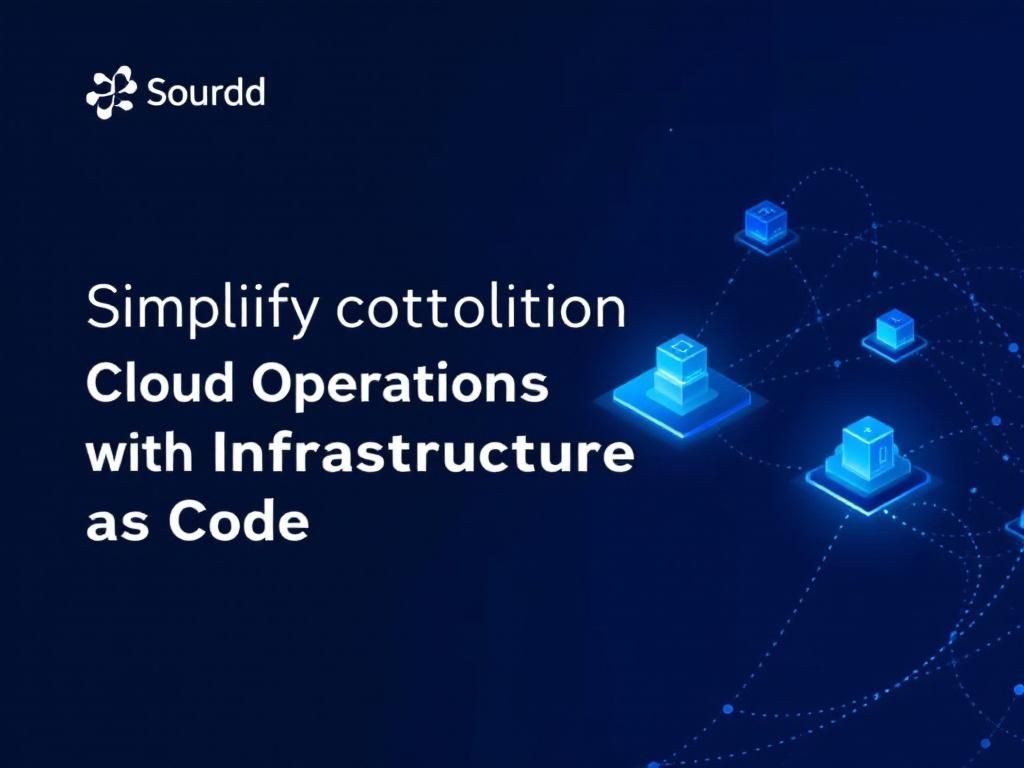Maximize Your Cloud Efficiency in 2025
Discover effective strategies to enhance your cloud efficiency in 2025 and stay ahead in the digital landscape.
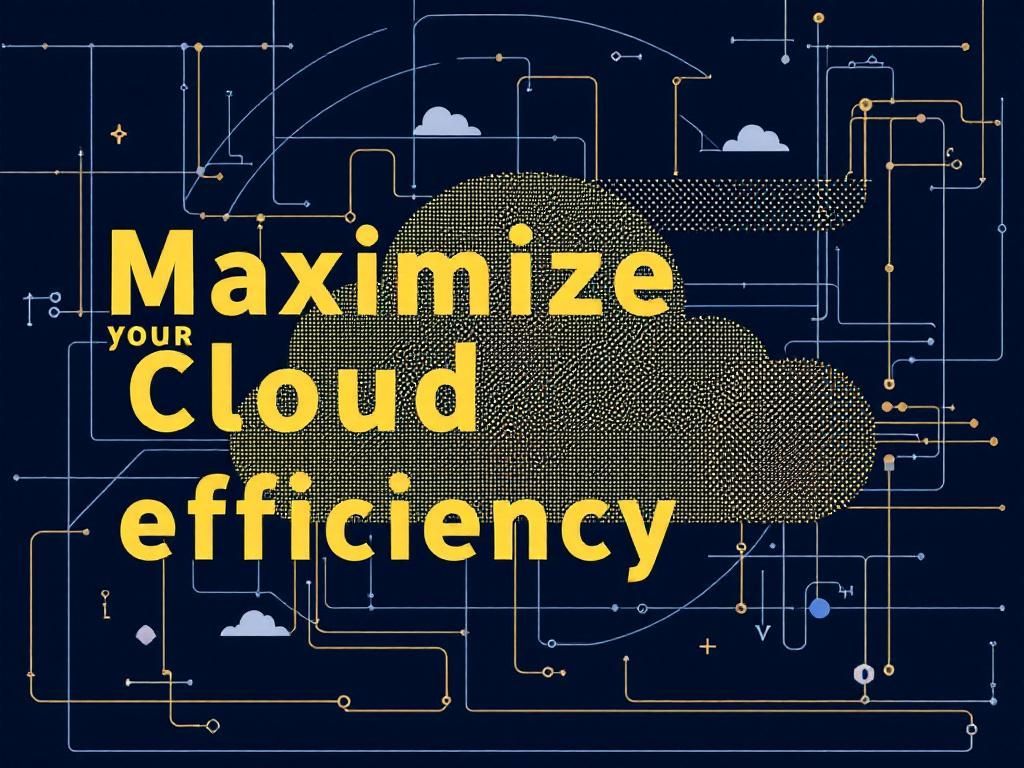
As organizations increasingly turn to cloud computing to streamline their operations, the need for maximizing cloud efficiency becomes paramount. In 2025, businesses will not only rely on cloud infrastructure for storage and processing but also for innovation, agility, and competitive advantage. This article delves into strategies, tools, and best practices that organizations can adopt to enhance their cloud efficiency in the coming years.
Table of Contents
Understanding Cloud Efficiency
Cloud efficiency refers to the optimal use of cloud resources to achieve the best possible performance while minimizing costs. It encompasses several aspects, including:
- Resource allocation
- Cost management
- Performance monitoring
- Scalability
The Importance of Cloud Efficiency
Maximizing cloud efficiency is essential for several reasons:
- Cost Reduction: Efficient use of cloud resources can lead to significant cost savings.
- Performance Optimization: Ensuring that applications run smoothly and without delays impacts user experience directly.
- Environmental Sustainability: Reducing wasted resources contributes to a smaller carbon footprint.
- Business Agility: Organizations can rapidly adapt to changes in demand without over-provisioning resources.
Key Strategies for Enhancing Cloud Efficiency
1. Optimize Resource Usage
To maximize cloud efficiency, organizations should focus on optimizing their resource usage:
| Strategy | Description |
|---|---|
| Right-Sizing | Adjusting the size of cloud instances according to actual usage patterns. |
| Auto-Scaling | Implementing automated scaling solutions to add or remove resources based on current demand. |
| Resource Tagging | Using tags to categorize and track cloud resources effectively. |
2. Implement Cost Management Tools
Utilizing cost management tools can significantly improve financial oversight of cloud resources:
- Cloud Cost Management Platforms: These platforms provide dashboards and analytics to monitor spending.
- Budget Alerts: Setting up alerts for when spending reaches certain thresholds.
- Resource Scheduling: Automating the shutdown of non-essential resources during off-peak hours.
3. Improve Performance Monitoring
Monitoring performance is crucial for identifying inefficiencies:
- Real-Time Monitoring: Utilize tools that provide real-time insights into resource performance.
- Log Analysis: Analyzing logs to understand application and infrastructure performance and identify bottlenecks.
- Service Level Agreements (SLAs): Establishing and reviewing SLAs to ensure compliance with performance expectations.
Adopting the Right Technologies
Containerization and Microservices
Adopting modern software architectures, such as containerization and microservices, can enhance cloud efficiency:
- Containerization: Enables applications to run consistently across different computing environments.
- Microservices Architecture: Breaks down applications into smaller, independent services, which can be managed and scaled individually.
Serverless Computing
Serverless computing is another strategy that can improve efficiency:
In this model, developers can focus on writing code without managing the underlying server infrastructure. Benefits include:
- Reduced operational costs
- Efficient resource utilization
- Faster time to market
Future Trends in Cloud Efficiency
1. Artificial Intelligence and Machine Learning
AI and machine learning are set to revolutionize cloud efficiency through:
- Predictive analytics for resource management
- Automated scaling decisions based on usage patterns
- Improved cost analytics and forecasting
2. Edge Computing
As data generation increases, edge computing will play a crucial role:
It allows data processing closer to the source, reducing latency and bandwidth usage:
- Bringing compute resources closer to end-users
- Enhancing real-time data processing capabilities
3. Advanced Security Measures
Security continues to be a priority, and organizations will need to implement robust measures:
- Zero Trust Security Models
- Automated security compliance checks
- Continuous monitoring for anomalies and threats
Conclusion
In the fast-evolving landscape of cloud computing, organizations must adopt proactive strategies to maximize their cloud efficiency in 2025 and beyond. By optimizing resource usage, implementing cost management tools, leveraging modern technologies, and staying ahead of future trends, businesses can not only save costs but also enhance their operational agility and competitive edge. The journey towards cloud efficiency is continuous, and it requires a commitment to innovation and adaptation as technologies and business needs evolve.
FAQ
What are the key strategies to maximize cloud efficiency in 2025?
Key strategies include optimizing resource allocation, leveraging automation tools, utilizing multi-cloud environments, and implementing robust monitoring and analytics.
How can businesses reduce costs while maximizing cloud efficiency?
Businesses can reduce costs by right-sizing their cloud resources, using reserved instances, and employing cost management tools to track and optimize cloud spending.
What role does automation play in cloud efficiency?
Automation plays a crucial role by streamlining repetitive tasks, improving deployment speed, and ensuring consistent performance across cloud environments.
Why is multi-cloud strategy important for cloud efficiency?
A multi-cloud strategy allows businesses to avoid vendor lock-in, optimize workloads based on performance and cost, and enhance disaster recovery options.
How can monitoring tools improve cloud efficiency?
Monitoring tools provide insights into resource usage and performance, allowing businesses to identify inefficiencies and make data-driven decisions to enhance cloud operations.
What trends should businesses watch for in cloud efficiency in 2025?
Businesses should watch for advancements in AI and machine learning, serverless computing, and edge computing as they will significantly impact cloud efficiency.



